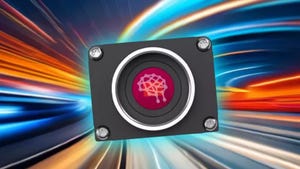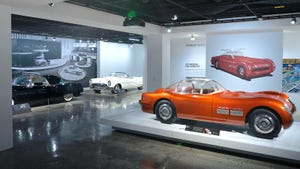BK9055 Compact Series EtherNet/IP Bus Coupler
January 27, 2011

Beckhoff Automation's BK9055Bus Couplerconnects EtherNet/IP with the modular, extendable electronic terminal blocks.One unit consists of one Bus Coupler, any number from 1 to 64 terminals(255 with K-bus extension) and one end terminal. The Bus Coupler recognizes theterminals to which it is connected, and performs the assignment of the inputsand outputs to the words of the process image automatically. The BK9055 BusCoupler supports 10 Mbit/s and 100 Mbit/s Ethernet. Connection isthrough normal RJ 45 connectors. The IP address is set on the DIP switch(offset to a freely selectable start address). In networks with DHCP (a servicefor the allocation of the logical IP address to the physical node address[MAC-ID]) the Bus Coupler obtains its IP address from the DHCP server.
Ethernet/IPis the Industrial Ethernet standard of ODVA (Open DeviceNet VendorAssociation). Ethernet/IP is based on Ethernet TCP/IP and UDP/IP - IP standsfor Industrial Protocol. Essentially, the CIP (Common Industrial Protocol) usedin ControlNet and DeviceNet was ported to Ethernet TCP/IP and UDP/IP. TheBK9000 and BK9050 Bus Couplers support the operation of all Bus Terminal types.Theanalog and multi-functional Bus Terminals can be adapted to each specificapplication using the KS2000 configuration set. Depending on the type, theanalog Bus Terminals' registers contain temperature ranges, gain values andlinearisation characteristics. With the KS2000, the required parameters can beset on a PC. The Bus Terminals store settings permanently and in a fail-safemanner.
BK9055 Compact Series EtherNet/IP Bus Coupler
About the Author(s)
You May Also Like





